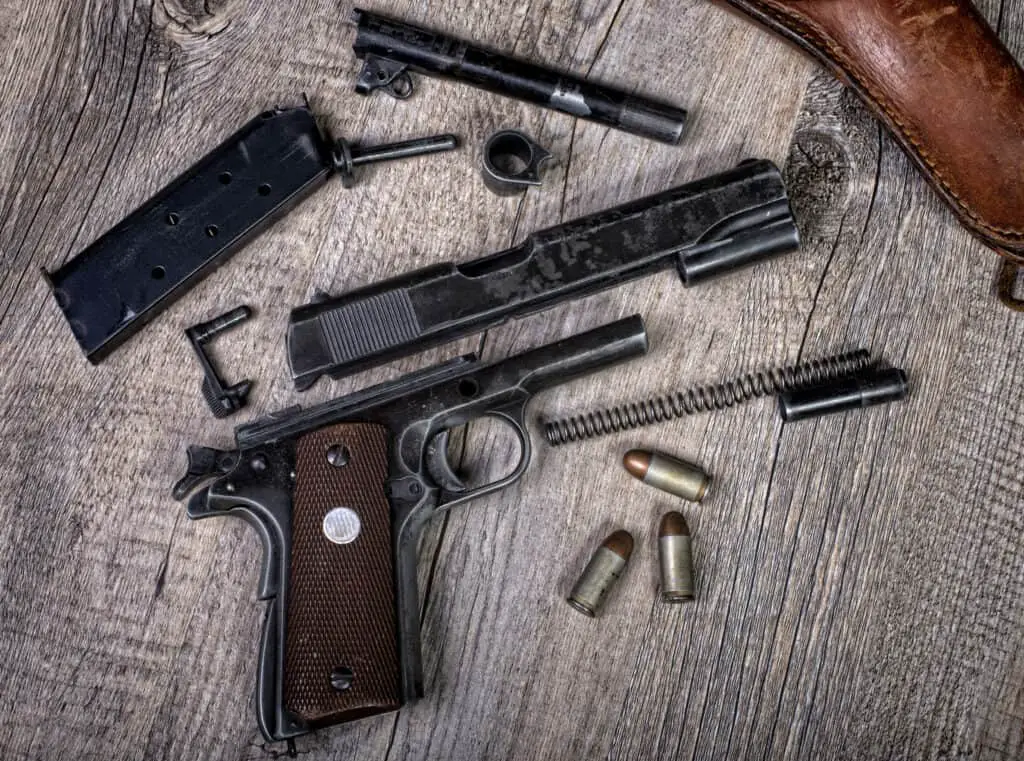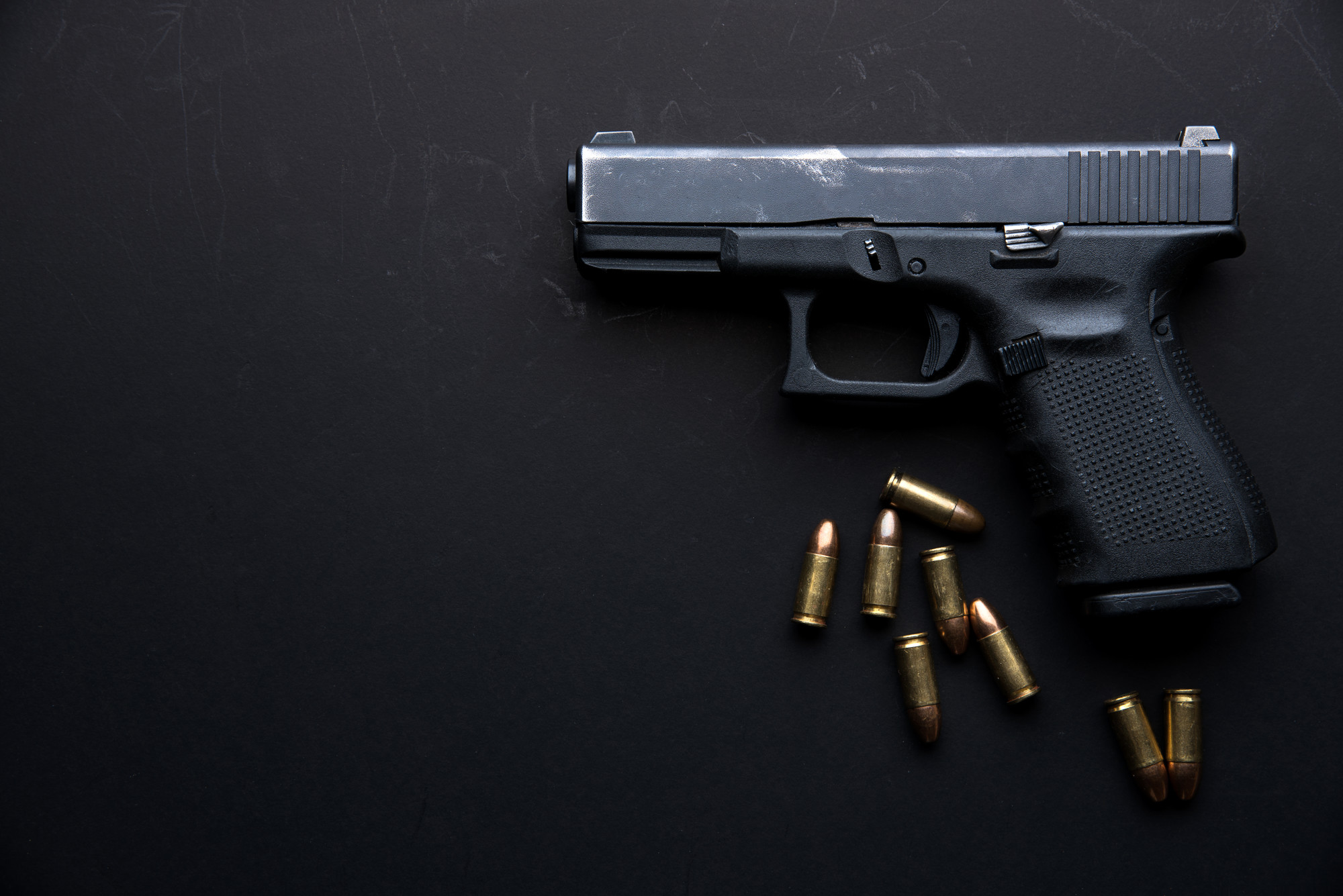
The NSSF does not use the term “assault rifle,” but tracks the production of “modern sporting rifles,” which typically refers to semiautomatic rifles like the AR-15. One of the most cited estimates of the number of assault-style rifles produced comes from the National Shooting Sports Foundation, the gun industry’s largest trade group. We’re going to use the broader definition of assault weapons here, because it covers the guns that have become familiar to Americans in the last two decades. Many of these accessories are mostly for aesthetics, to evoke a combat or “tactical” vibe. California, Washington, D.C., New York, and five other states have regulations that typically apply to any magazine-fed, semiautomatic rifle that incorporates other design features, which can include a second grip to stabilize the weapon while firing, a rack for mounting accessories, or a muzzle that suppresses the explosive flash of each discharged round. According to the Bureau of Alcohol, Tobacco, Firearms and Explosives, there are roughly 638,000 machine guns in circulation in the United States, a number that includes both assault rifles like the M16 and more novel products, like the Uzi submachine gun.īut most laws regulating “assault weapons” use a broader definition that some experts say is overly broad. Since 1986, Congress has forbidden gunmakers from producing fully automatic weapons for the civilian market, leaving machine gun aficionados to collect older models, and then register them. The National Firearms Act of 1934 required owners of fully automatic guns to register the weapons with the federal government. Some gun experts insist that the term “assault rifle” only refers to a very specific set of weapons: those that are fed ammunition from a detachable magazine, and can switch between semiautomatic and fully automatic fire, a capability known as “select fire.” By that narrow standard, the number of assault rifles in private hands is very small. The numbers are hazy for two main reasons: There’s no official criteria for what qualifies as an “assault rifle,” and the government doesn’t keep detailed data on the different types of firearms owned by Americans. That makes it all the more frustrating that there is no way to know precisely how many of these rifles exist in the United States.


Courts assess the popularity of the weapons when deciding whether politicians can ban them. So it’s reasonable to wonder: How many assault-style rifles do Americans actually own? To their fans, guns like the AR-15 are versatile, customizable, and uniquely fun to shoot. To their foes, they are the tool of mass murderers, made infamous at Sandy Hook, San Bernardino, Las Vegas, and Parkland. Assault weapons loom large in the American gun debate.


 0 kommentar(er)
0 kommentar(er)
